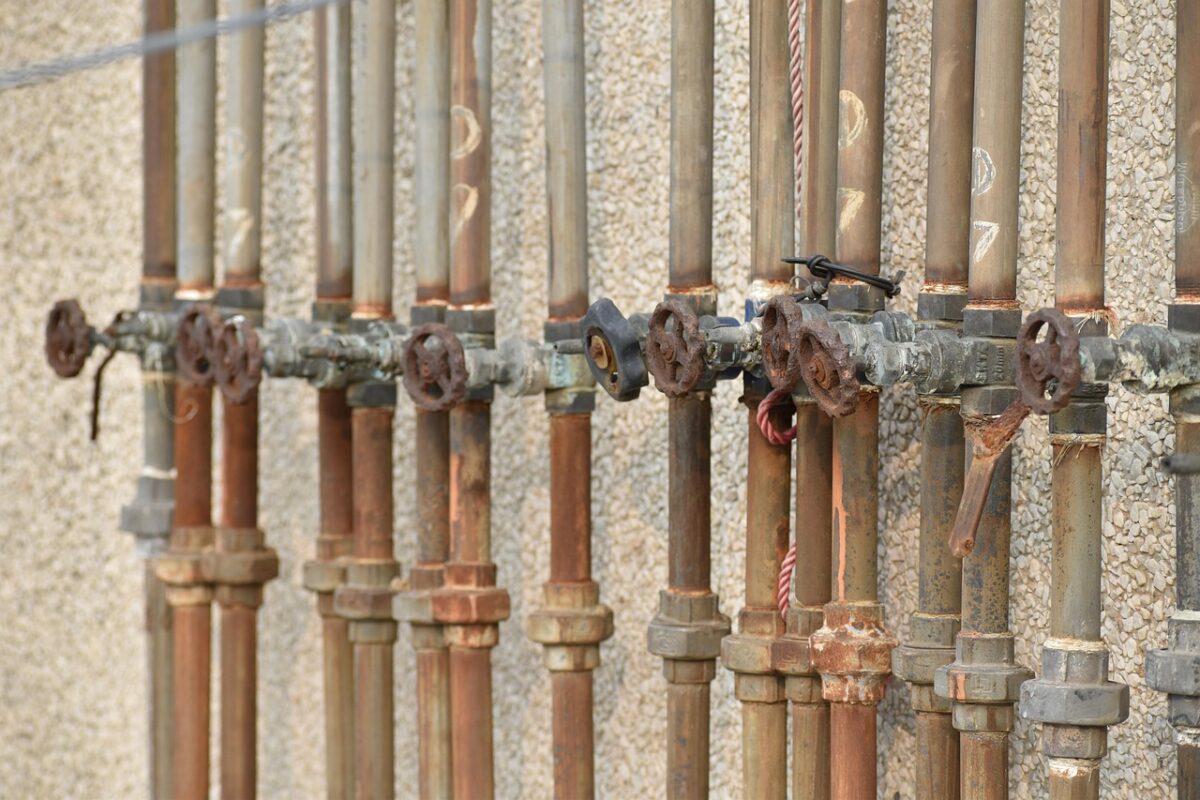What Are the Benefits of Trenchless Pipe Repair?

When it comes to fixing damaged or aging pipelines, trenchless pipe repair is easily a preferred method for many property owners, municipalities, and facility managers. Unlike traditional excavation methods that involve digging long trenches to access pipes, trenchless solutions allow repairs to be made with minimal surface disruption.
Whether it’s a sewer line under a home, a storm drain beneath a city street, or an industrial pipeline running below a factory floor, trenchless technology offers wide-reaching advantages across residential, commercial, municipal, and industrial settings.
What Is Trenchless Pipe Repair?
Trenchless pipe repair refers to a range of techniques used to restore underground pipelines without extensive excavation. Instead of digging up entire sections of pipe, access is gained through small entry points, and repairs are carried out internally or by pulling new materials into place.
Probably the most common option is CIPP, but there are some additional options out there, too. These approaches are used for various pipeline types, including water mains, sewer lines, gas pipes, storm drains, and chemical or process lines in industrial facilities.
The Benefits?
There are many great benefits to this approach. Let’s take a closer look.
Minimal Surface Disruption
One of the most immediate and obvious benefits of trenchless pipe repair is the reduced need for excavation. Traditional repairs often involve tearing up sidewalks, roads, landscaping, floors, or walls to access buried pipes. Trenchless methods, on the other hand, require only a few small access points.
Faster Project Completion
Because there’s little to no digging involved, trenchless repairs can often be completed in a fraction of the time compared to traditional methods. This is particularly beneficial in time-sensitive situations or high-use areas where extended downtime is not an option, such as hospitals, schools, factories, or busy streets.
Lower Total Project Costs
While trenchless methods may have a higher upfront material cost, the overall project cost is often lower due to reduced labor, less surface restoration, and faster completion. There’s no need to repave roads, replant landscaping, or reinstall flooring. This leads to savings that can be significant for large properties or municipalities.
Long-Lasting Repairs
Trenchless technologies like CIPP use modern, durable materials that often extend the life of the pipeline for 50 years or more. These materials are resistant to corrosion, root intrusion, and chemical damage, making them ideal for both wastewater and pressurized systems.
This long-term durability is particularly important for hard-to-access pipelines, where frequent repairs would be costly and inconvenient.
Environmentally Friendly
Trenchless methods reduce the need for heavy equipment, soil displacement, and construction debris, making them a more sustainable choice. Less disruption to natural surfaces and existing ecosystems means a lower environmental footprint. This detail alone is a key consideration for cities, businesses, and environmentally conscious property owners.
Versatility Across Pipe Types and Materials
Trenchless pipe repair can be used on a wide range of materials, including:
- Clay
- Cast iron
- PVC
- Concrete
- Asbestos-cement
- Steel
And it applies to many pipeline types, from residential sewer laterals to municipal mainlines, industrial chemical transport lines, and stormwater management systems.
Trenchless Pipe Repair is the Top Choice
Trenchless pipe repair has changed the game for managing underground infrastructure. Whether you’re maintaining a private sewer line, overseeing a commercial property, or managing a city’s utility system, the benefits are clear.
As technology advances and infrastructure ages, trenchless methods are becoming not just an alternative, but often the preferred solution. Contact us today to learn more!